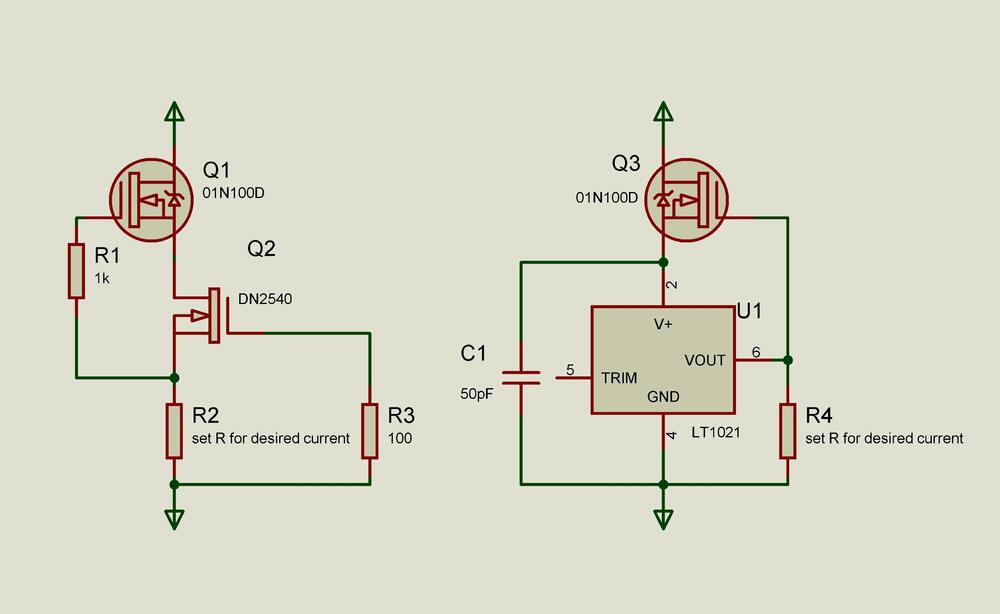-
Posts
1,464 -
Joined
-
Last visited
-
Days Won
16
Content Type
Profiles
Forums
Events
Everything posted by JoaMat
-
This broke after a couple of years. But a piece of aluminum and 2 component epoxy fixed it and a cnc milled small PCB replaced another broken original part.
-
Until trusted person gives a reliable review here, you might study the interior of the new Stax SR-X9000. I let the pictures speak for themselves.
-
- 120 replies
-
- 15
-

-
Tomorrow before 6pm Swedish local time, according TNT.
-

Megatron Electrostatic Headphone Amplifier
JoaMat replied to kevin gilmore's topic in Do It Yourself
Years ago I had problem with high temperature when stacking two transformer. It was so high so upper transformer started to “boil”. I bought some BERGQUIST GAP PAD VO Soft, 3mm thick, from Mouser. One piece between lower trafo and 3 mm aluminum bottom plate, one between trafos and finally one between top trafo and top aluminum plate bent and bolted to heat sink. This way the temperature was reduced considerable. Determine inner temperature of a transformer is not easily done. One way is the measure resistance of primary winding when cold and when hot. Put those figures in this formula, T(hot) - T(cold) = [[R(hot)/R(cold)]-1] x 235 and voila.. you have calculated the temperature raise of the transformer. -

Megatron Electrostatic Headphone Amplifier
JoaMat replied to kevin gilmore's topic in Do It Yourself
Early draft of a modified Megatron. Top EL34 is replaced by 3x2SC4686 and a 10N100D. Less transformers – reduced risk. -

Megatron Electrostatic Headphone Amplifier
JoaMat replied to kevin gilmore's topic in Do It Yourself
I'm sorry for your trouble. Transformers are not always nice things. When temperature rises - copper resistance goes up – power increase – transformer temperature goes up - copper resistance goes up more, as temp … und so weiter … -

Megatron Electrostatic Headphone Amplifier
JoaMat replied to kevin gilmore's topic in Do It Yourself
Nice progress Kevin. Did this test board today. I’ve an idea (have to many ideas) to replace top el34 with CCS. Save you lots of wires. Here a CCS of 10M90S/DN2540 and +/-400V applied. Current set to 22 mA gave 400V cross tube and cathode resistor. -
So, another quarter has elapsed. Raised the current through output stage from 11 mA to 17 mA ...and, it all sounded shitty bitty. Fired up the desoldering gun. Removed FJPF2145 and replaced them with 2SC4686. Wow, what an upgrade and I’m happy again.
-
It’s a troublesome, difficult time – all shortages of components. KSC5026 might be replaced by STN0214 in a KGSSHV style PSU. Solder it in standing, bend outer “pins” slightly outwards if necessary.
-
Have you seen this, BCV61? To be used as current mirror. You get a hundred pieces for 22 USD, less than one 2SC3381.
-
Which ones do you have in mind?
-

Megatron Electrostatic Headphone Amplifier
JoaMat replied to kevin gilmore's topic in Do It Yourself
/ -

Megatron Electrostatic Headphone Amplifier
JoaMat replied to kevin gilmore's topic in Do It Yourself
From above picture it looks like there are 12ax7 anode current sources and 330K anode resistors. You shouldn’t have both, should you? -
I use/have used those CCS. Good for +/-500V. I’ve replaced 2SA79/2SK216 with KSA1220/KSC2690. Looks like KSA1220 is ended, but TTA004/TTC004 should be fine.
-
Bohuslan Big Band plays Blue Note Available from Swedish public service company SVT, worldwide until 15. Dec. 2021. https://www.svtplay.se/video/31377250/jazzsommar-bohuslan-big-band-spelar-blue-note
-

Megatron Electrostatic Headphone Amplifier
JoaMat replied to kevin gilmore's topic in Do It Yourself
Send me gerbers and I’ll take a look into it. -
Happy Birthday!
-

JR Audio amplifiers aka zero fucks are given - caveat emptor
JoaMat replied to spritzer's topic in Headphone Amplification
Deleted! -
-
I think you are right. I’ve used 2SK879 in one T2 battery since several years without any issues. From datasheet 2SK208 and 2SK879 look quite similar.
-
Me too like schematics. I believe this goldenreference.pdf reflects goldenreference6.zip version.
-
Here are the connectors disassembled. Pins are from Neutrik NC3FD-L-B-1. Take a metal saw and make a cut so you can bend up the outer metal housing. Then pins can be removed from inner housing. I would have prefer Teflon over 3D printed. I haven’t figured out how to mill it out though, but I managed to 3D print something usable.




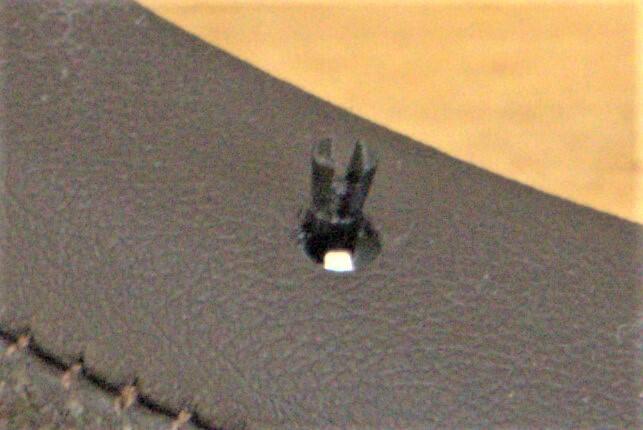
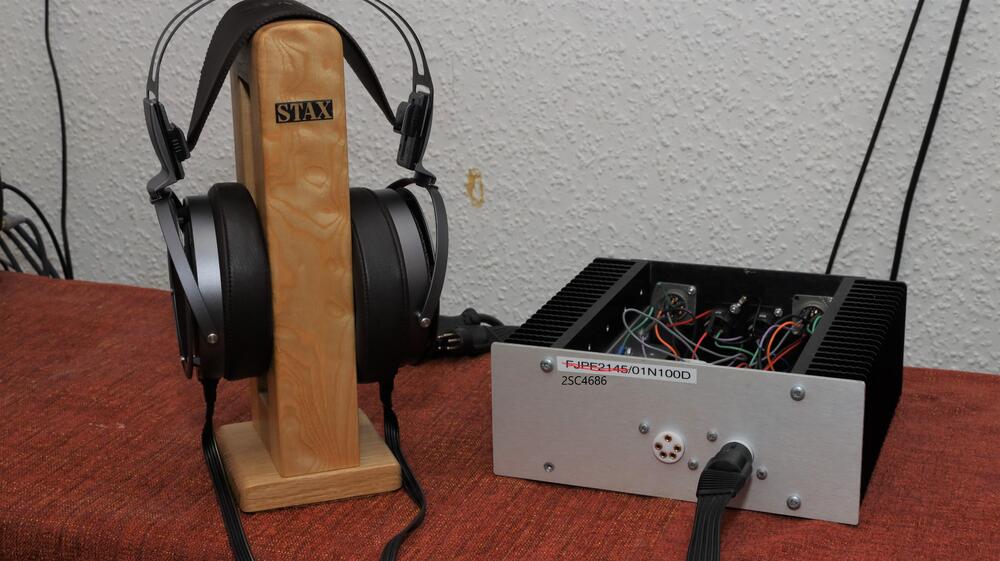
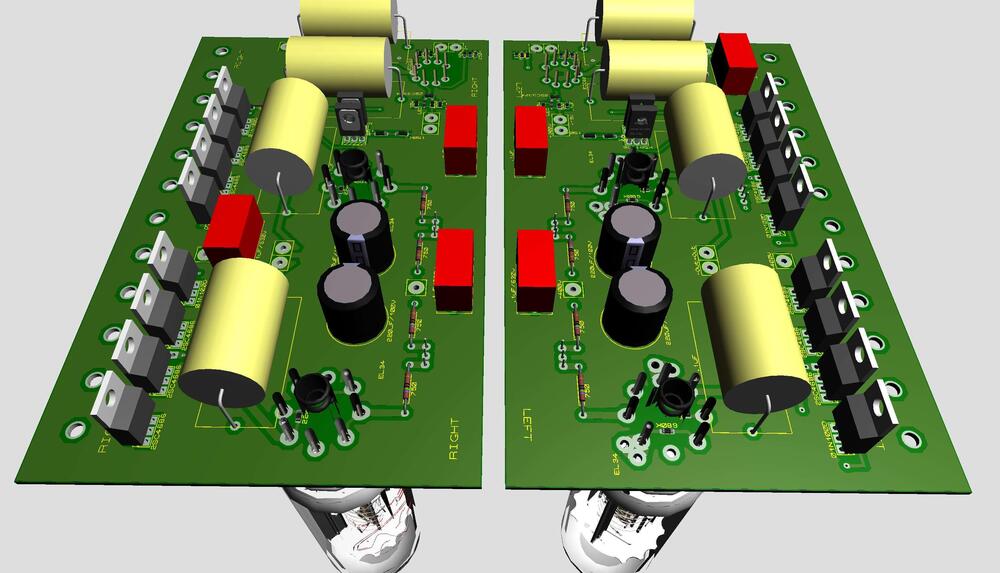
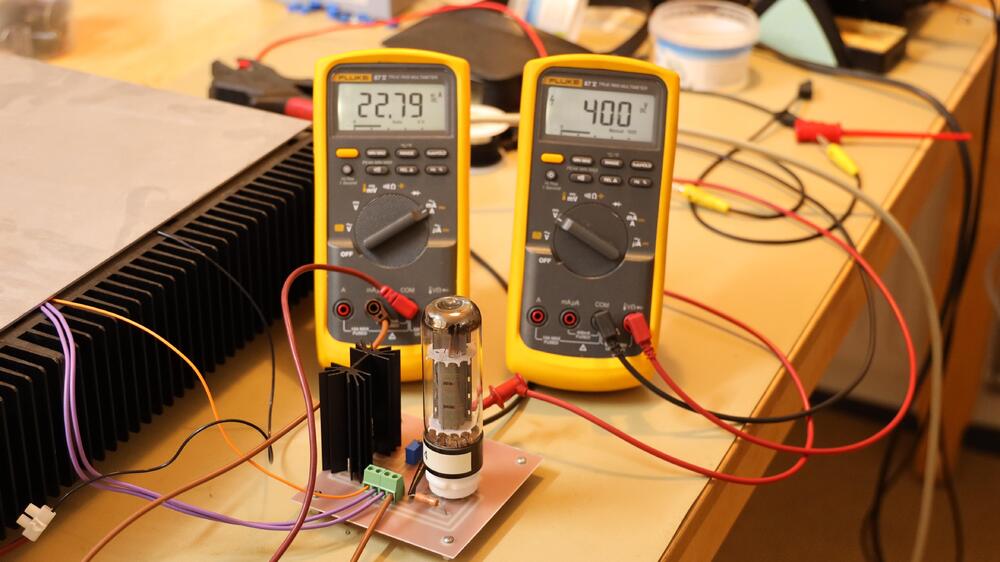
.jpg.8efe4582f8465281819055bf96bbc75d.jpg)
